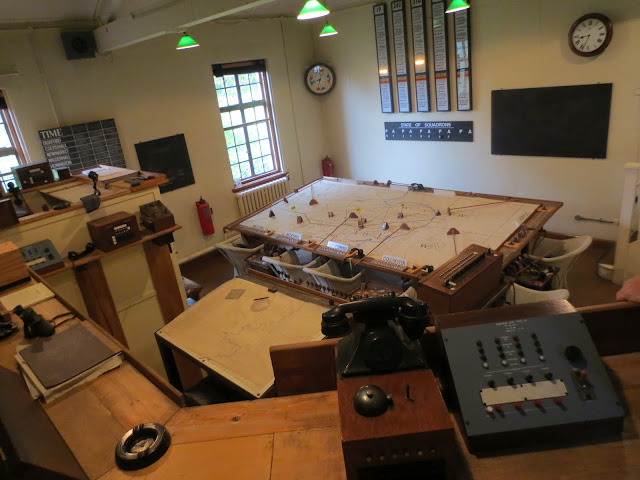 As Ahron and I leave the American Air Hangar, chalk full of aircraft used during World War II and some through to present day, we catch the sight of a laminated binder. In patriotic blue are written the words "A Short Guide to Great Britain" just above the American seal. This book was issued to American GIs who were stationed in the UK after the Blitz to help them acclimate to English living and lifestyle.
As Ahron and I leave the American Air Hangar, chalk full of aircraft used during World War II and some through to present day, we catch the sight of a laminated binder. In patriotic blue are written the words "A Short Guide to Great Britain" just above the American seal. This book was issued to American GIs who were stationed in the UK after the Blitz to help them acclimate to English living and lifestyle. Inside are suggestions for American interaction with the British. "Never criticize the King or Queen" reads one helpful line. "Don't make fun of British speech or accents. You sound just as funny to them but they are too polite to show it" reads another.
It is all-too strange, a Yank and a Brit standing side-by-side reading this subjective piece of literature written the way only a branch of the US military could.
After perusing the laminated document, I find my favorite passage of all (pictured below).
The word "panty-waists" holds on to us and then we start laughing hysterically. Is this how people talked about the British during World War II? Did we American think in such pure generalities? Do we still now? How strange a world it was then, and how quickly our two countries have become intertwined culturally. You cannot go so much as two city blocks in any direction without seeing a Starbucks, a Burger King, an advert for Budweiser (is this still considered American or is it Belgian?). There is a page with some archaic conversions of British currency: the halfpenny, the threepence, the shilling.
"I have no idea what those are," says Ahron.
-------------------------------------------------------------------------------
"They are far more interested in getting together in solid friendship with us, so that we can all start dishing it out to Hitler."
---------------------------------------We sift through the document, thinking that we could literally stand over it all day, perusing it's historical quirks, its dynamic unapologetic rhetoric, its attention to details completely foreign to we contemporaries. It's as though the places this book describes are different countries altogether. It is a past that feels, to me, more distant than the middle ages.
In a few moments we are outside, walking toward the Land Warfare exhibit. Inside, in a building set up atop a knoll and surrounded by mud are what appear to be dozens of tanks, AA batteries, and APCs that were all used in several World War II and post-war conflicts.
We enter a video-room, showing footage of the Allied invasion and bombing of Poland. An alarm goes off. We stand, watching the videos until two security guards push us out the back of the building, as far away from the main entrance as we could possibly be.
The sky has darkened and it is pouring. Wearing just tee shirts and shorts, we decide we'd better make for shelter. The closest place is the American Air Museum where we'd just been, but it's a good hundred meters away. There we find out that the museum is conducting fire alarm tests: nice timing, Duxford.
Later, we find the hangar for airplane restoration...
 |
| Just a bunch of WWII fighter engines sitting on a scaffold. No big deal. |
 |
| Just in case they forget? |
 |
| So THAT'S what the inside of a tank barrel looks like... |
 |
| Ride the DUKW. |




















No comments:
Post a Comment